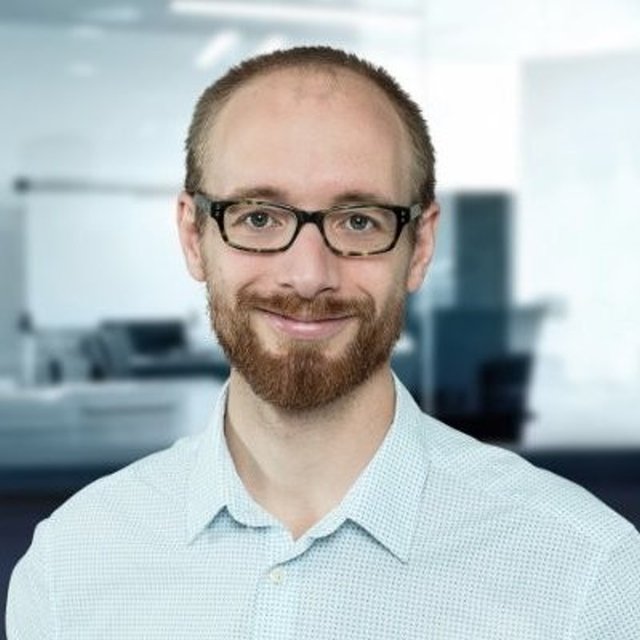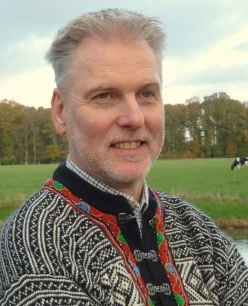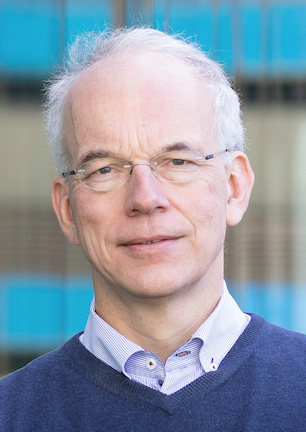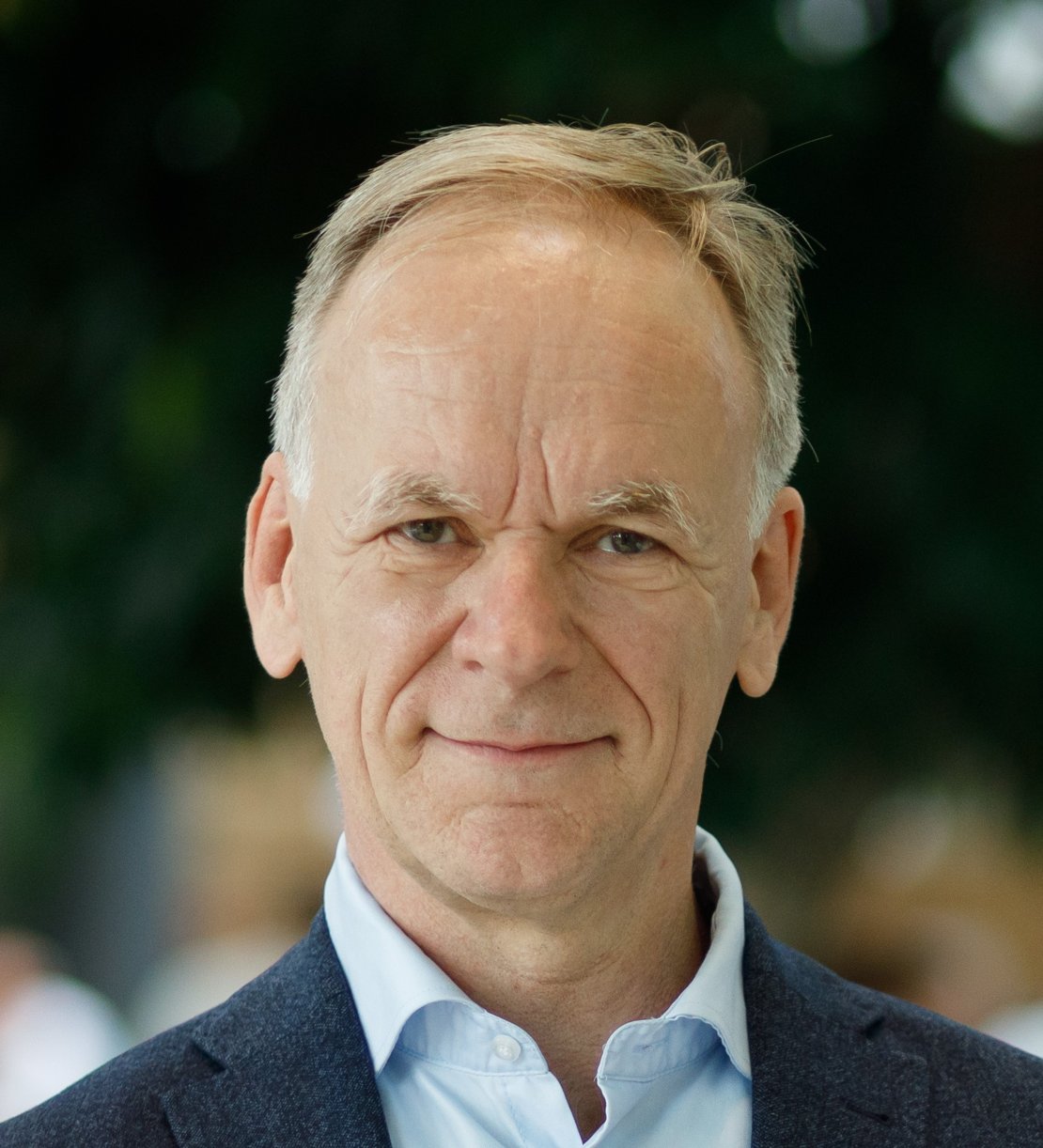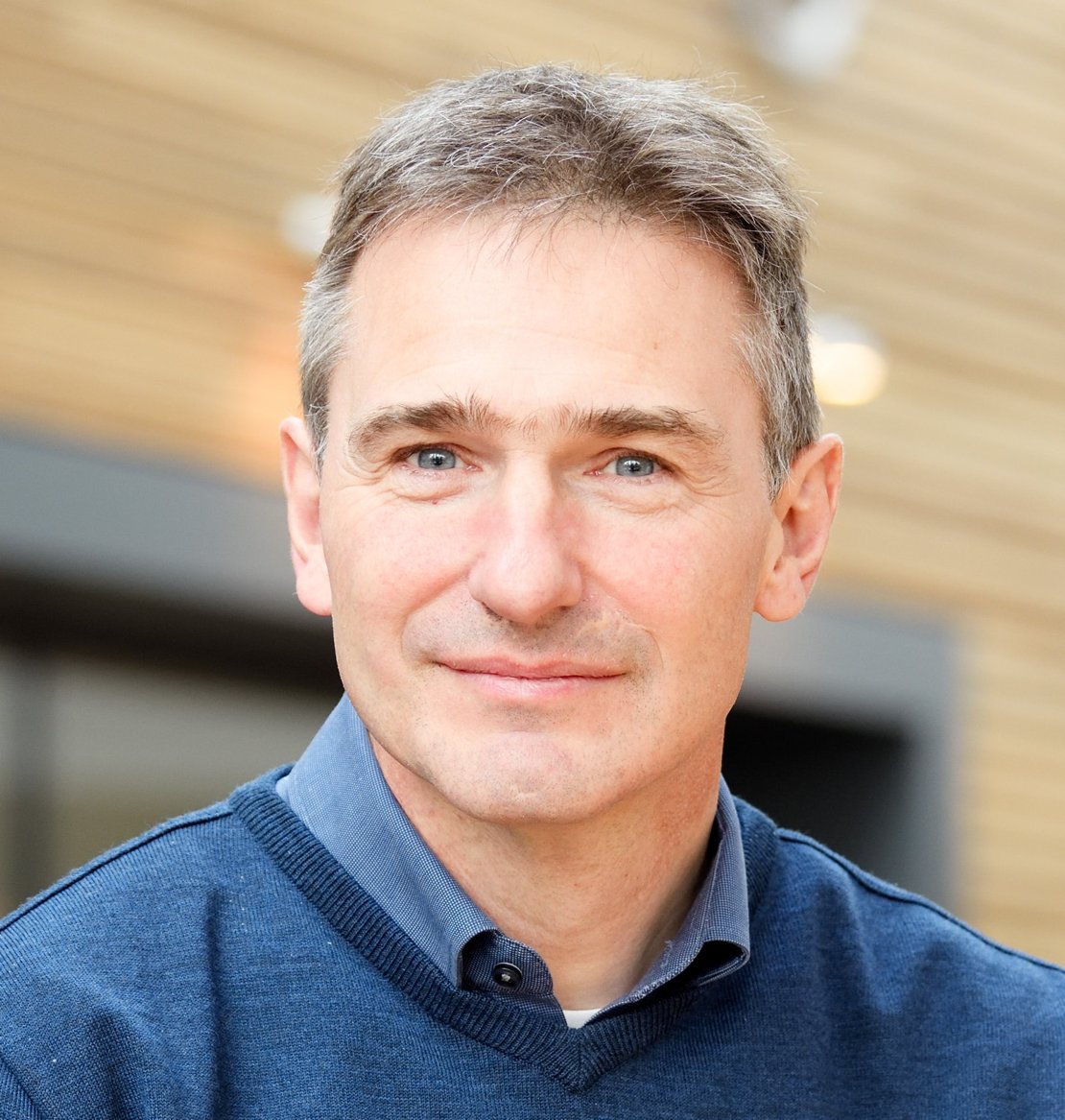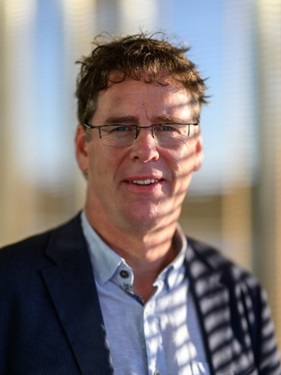Interested in meeting other Twente alumni working at ASML or hearing about shared research projects with the University of Twente? Join a special gathering organized by the Alumni Office and hosted by fellow UT’er Jos Benschop, Executive Vice President Technology at ASML on September 19th between 16:00 & 19:00 at the company’s offices in Veldhoven.
This event highlights the unique network of over 700 UT alumni working within ASML! The programme includes short talks by UT researchers Marcelo Ackermann, Maarten Bonnema & Detlef Lohse about their ongoing research projects linked to the company (details appear below) as well as a panel discussion with alumni 'icons' Jos Benschop, Richard Droste & Jan van Schoot who will talk about their unique career paths and impact at ASML.
The gathering concludes with a borrel for catching up with old classmates and making new contacts!
Date: Thursday September 19th
Time: 16:00 - 19:00
Location: ASML Veldhoven
16:30-16:40 Opening words on behalf of ASML & the University of Twente
16:40-17:25 UT research showcase
Marcelo Ackermann Professor & Chair XUV Optics group - University of Twente | ‘Reaching record reflectivity for EUV optics’ ASML’s EUV scanner has taken the world by storm, enabling all the latest generation transistors and memory from the ‘7nm’ node downwards, and with a roadmap extending well beyond 2030. The short wavelength of the EUV light – 13.5nm – is the key to printing such small features. But working with this wavelength is also incredibly challenging: Not only is a completely new light source was required – moving from ArF and KrF excimer lasers to Sn-based laser-produced-plasma, also all optical components had to be re-invented. Traditional lenses no longer work at 13.5 nm – as glass is not transparent at that wavelength. Mirrors with atomically perfect multilayer coatings had to be developed. Carl Zeiss SMT developed the mirrors, and for the intricate multilayer coatings they collaborated with the XUV group form the University of Twente in the Netherlands. These coatings require atomically perfect layers and interfaces in order to reflect the EUV light in a world where every % of reflectivity, and hence scanner throughput counts. I will show how the XUV group at the University of Twente developed these multilayer coatings, and how today we still push to improve every optical element in the EUV scanner – achieving a new record reflectivity for 2024! |
Maarten Bonnema, Professor in Systems Engineering and Multidisciplinary Design - University of Twente; INCOSE Fellow | “The Whole is Moore than the sum of the Parts” Lithography innovations rely on stretching the boundaries of physics, as shown in the presentations by Detlef Lohse and Marcello Ackermann. In addition to these accomplishments, all has to be brought together into a machine and process that supports ASML’s customers in serving the semicon market and earning money. On the other hand, ASML should be able to develop and manufacture such a machine within time and budget as well. Systems Engineering and Architecting is the art and science of creating balanced system designs. The balancing act has to be performed across domains, disciplines, organizational boundaries, conflicting performance requirements, and in a situation with high risk and uncertainty. In this talk I will discuss some of these challenges and show a few ways of creating balance in a system design. |
Detlef Lohse Professor & Chair Physics of Fluids group - University of Twente | Physics of Fluids Department, University of Twente Fluid dynamics plays a key role in coping with the challenges of lithography. This clearly holds for immersion lithography, where a film of water (with a refractive index of 1.33, rather than 1.00 for air) between the wafer and the optical lens is employed, to allow for smaller structures. The bottleneck in making this technique faster is the entrainment of bubbles emerging from a contact line instability into the water, which obviously is decremental for patterns to be created on the wafer. In fact, the price for which these stepper machines can be sold is set by the maximal velocity without bubble entrainment, i.e., by the hydrodynamic contact line instability. But it also holds for EUV lithography, in which the extreme ultraviolet radiation is created by shooting an extremely strong laser on a liquid tin droplet which flies with ~100m/s. The laser shapes the droplet and then partially ionizes the tin. On recombination of electrons and ions, EUV is generated and then directed on the wafer by mirrors. Not only is the droplet shaping by the laser a wonderful fluid dynamical problem, but also the impact of the liquid tin on some wall, where it spreads and solidifies – and where any splashing must be suppressed to avoid contamination of the mirrors and the whole system with tiny tin droplets. In this talk I will briefly review these fluid dynamical challenges for lithography. |
17:25-17:50 Panel interview with Twente alumni ASML ‘icons’ Jos Benschop, Richard Droste & Jan van Schoot (profiles appear below)
17:50-18:00 Closing words and group photo
18:00-19:00 Borrel
This event is meant for UT alumni employed at ASML - please use this form to either sign up or indicate your interest in participating and receiving final details.
Background details on the alumni panelists:
Jos Benschop, Executive Vice President Technology - ASML | Jos Benschop received his MSc (cum laude) and PhD in Physics from the University of Twente. In 1984, he started his career at Philips Research where he worked on the introduction of the Compact Disc Rewritable. He joined ASML in 1997 as the program manager of “Next-Generation Lithography”, initiating ASML’s early research programs on ion-beam lithography, e-beam lithography and extreme ultraviolet (EUV) lithography. Jos is ASML’s Executive Vice President Technology and oversees research, system engineering and IP department. He has published more than 37 papers and has over 22 patents to his name. He is a Fellow of the Netherlands Academy and Engineering as well as SPIE. From 2011 till 2021 also served as a part-time professor at the UT. He is appointed by the King as advisor to the Dutch government on topics of science, technology and innovation. |
Richard Droste, Vice President Development and Engineering - ASML | Richard Droste was born in 1961 and raised in Tubbergen, a small village in Twente. MAVO, HAVO,VWO. Subsequently studied applied physics at Twente University since 1982. Graduated in the field of Quantum Electronics on the topic of selective carbon monoxide lasers for Uranium enrichment in the group of Prof. Wim Witteman in 1987. After brief period at TNO (End 1987-1989) Richard started his career at Philips research in 1989 and worked on the realization of compact blue lasers useable for optical recording. In April 1991 he demonstrated and integrated an optical system showing blue optical recording was possible using such a compact blue laser device based on 2nd harmonic generation of standard diode laser from 850nm light (red) towards 425nm light (blue). As of summer 1991 Richard started within the Philips components group to work on electrical coatings in CRT displays as project leader. Later he led a team of ~20 engineers in the field of thermal and coating processes of CRT tubes. In June 1998 Richard started his career at ASML as group lead and competence lead of “lasers and dose control”. His next role within ASML was a so -called Product Development Manager in early 2001 and lasted 18 years. You can consider this being a project leader of a new product introduction in the market. The telephone number of the new product for all stakeholders. In this role he introduced about 10 different products ranging from DUV, immersion, EUV source to full EUV systems. In 2018 Richard became Vice President of the Development and Engineering in the competence of mechatronics and sensors. Richard is married to Edith and has one son aged 21 years who is also studying applied physics at the TUE. |
Jan van Schoot, Fellow and Senior Function System Engineer - ASML | After his study Electrical Engineering (Cum Laude) at the University of Twente, Jan van Schoot received his PhD in Physics on the subject of non-linear optical waveguide devices and held a post-doc position studying waveguide based electro-optical modulators. Jan joined ASML in 1996 and was Project Leader for the Application of the first scanner and its successors up to 5500/750. In 2001 he became Product Development Manager of Imaging Products (DoseMapper, Customized Illumination). In 2007 he joined System Engineering. He was responsible for the Optical Columns of the 0.25NA and 0.33NA EUV systems. After this he worked on the design of the EUV source. He was the study leader of the High-NA EUV system and is now responsible for the High-NA optical train and investigating future extensions. Jan is an ASML-Fellow and Fellow of the International Society of Optics and Photonics (SPIE), holds over 55 independent patents and presents frequently at conferences about photo lithography. |

